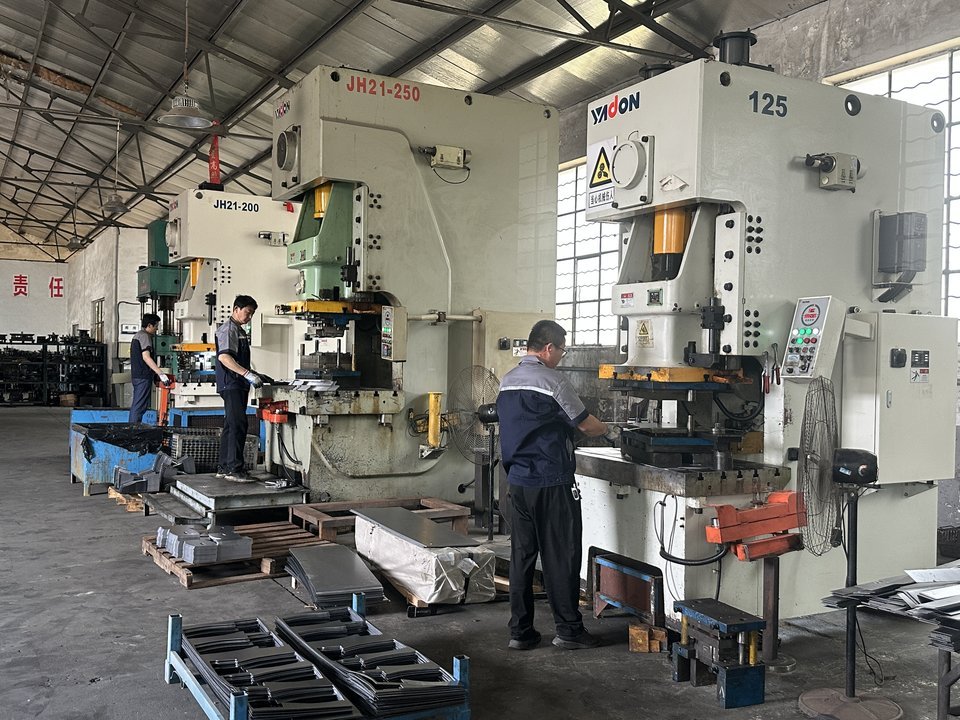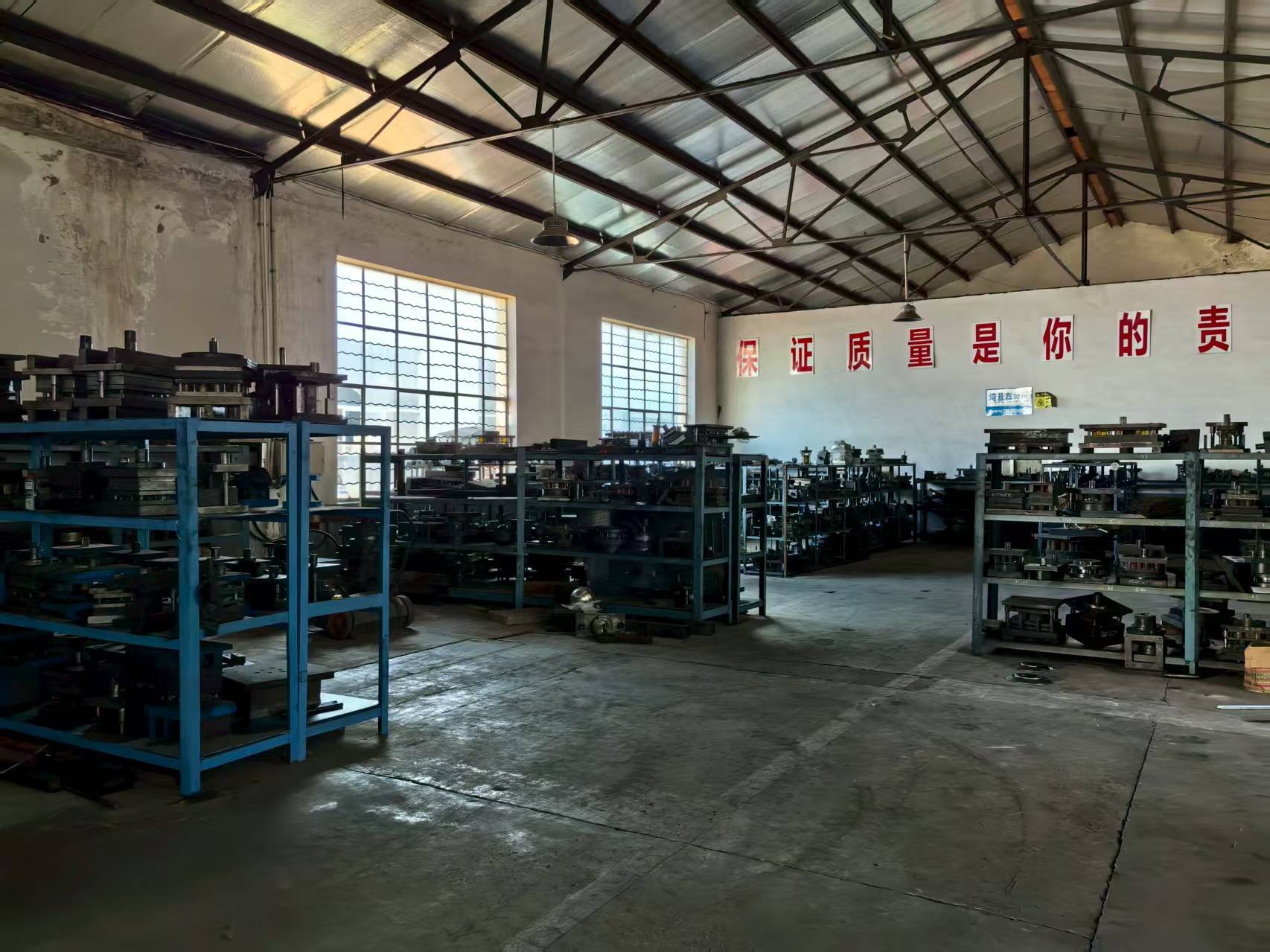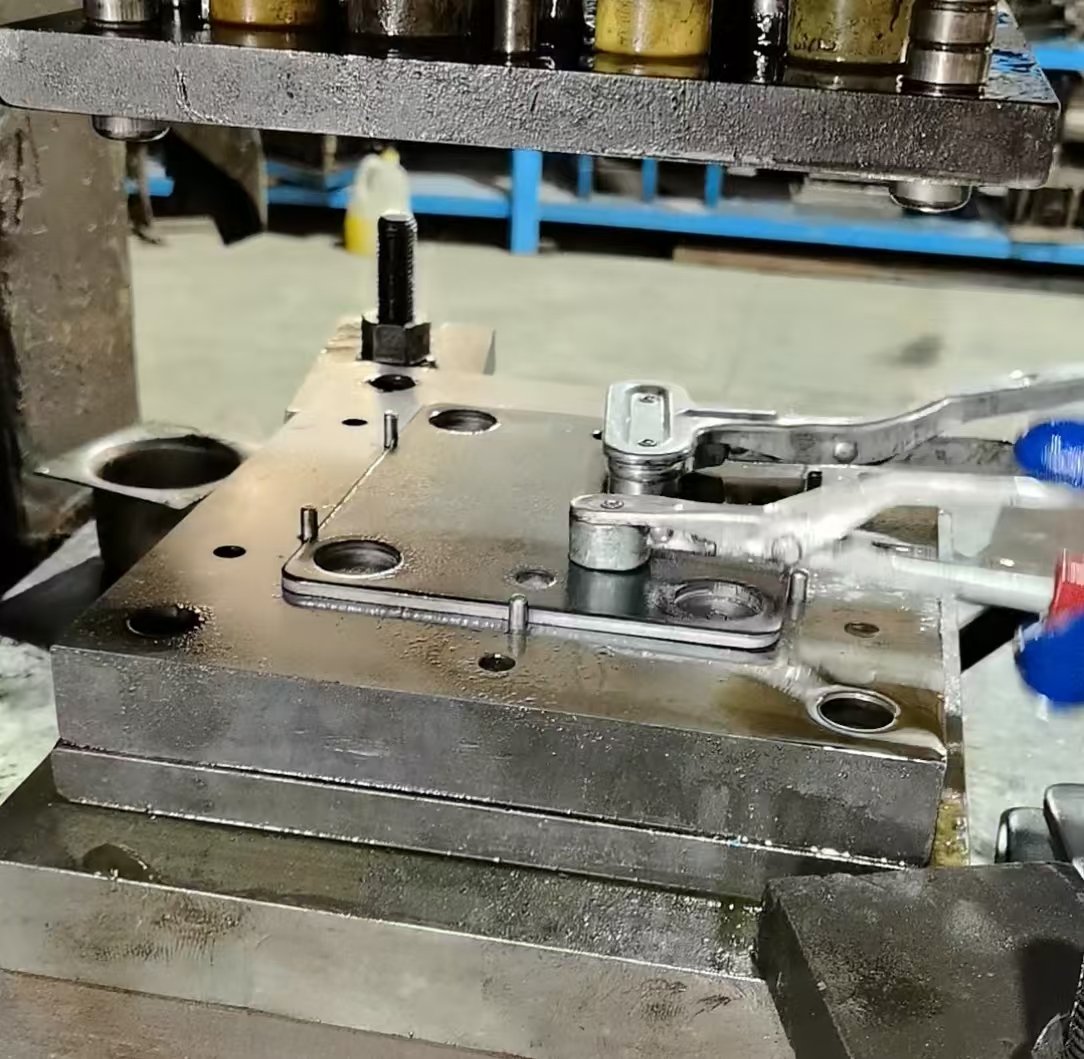
How to Choose the Right Equipment Tonnage
As a custom metal parts manufacturer specializing in stamping and drawing, Kailai Machinery understands the critical impact of equipment tonnage on production efficiency, product quality, and cost control.
Excessively high equipment tonnage increases energy consumption, wastes equipment, and may damage molds due to excessive impact force. Excessively low tonnage, however, fails to meet part forming requirements, leading to problems such as incomplete stamping and cracking during drawing. Therefore, it's crucial to scientifically calculate and consider multiple factors to select the appropriate equipment tonnage.
The following are specific methods and key considerations.

Core influencing factors:
Determine basic requirements based on product and process The core basis for selecting equipment tonnage is product characteristics and processing technology. The following three key information must be prioritized:
Product material and thickness: The tensile strength of different materials directly affects the required punching force. For example, the tensile strength of low carbon steel (Q235) is about 375-500MPa, and that of stainless steel (304) is about 515MPa. Stainless steel requires higher tonnage equipment for the same thickness. At the same time, for every 1mm increase in material thickness, the required tonnage increases by about 10%-15%. For example, the tonnage required to process a stamped part made of 2mm thick Q235 steel plate is more than double that of a 1mm thick part. Part Forming Process Type:
Simple stamping (e.g., blanking, punching): The required tonnage is primarily related to the punching area, using the formula "tonnage = punching area × material tensile strength × safety factor (1.2-1.3)";
Complex drawing (e.g., drawing deep cylindrical parts): In addition to the basic punching force, the blank holder force and stretching force must also be considered. The total tonnage should be increased by 20%-30% above the basic force to avoid wrinkling or cracking of the material during the drawing process.
Die Size and Structure: The die closing height must match the machine stroke. If the die closing height is too low, the machine will not be able to apply sufficient pressure. The smaller the die cutting edge, the greater the force per unit area, necessitating an appropriate increase in tonnage to ensure thorough shearing. For example, a punching die with a 5mm cutting edge requires approximately 30% more tonnage than a die with a 10mm diameter.
Scientific Calculation Method: Calculate Suitable Tonnage in 3 Steps
Based on actual production experience, we have developed a three-step calculation method: "Basic Calculation + Process Modification + Safety Redundancy" to ensure accurate tonnage selection:
Step 1: Calculate Basic Forming Force
Select the corresponding formula based on the process type. Taking stamping and drawing as examples:
Stamping (blanking/punching): Basic Force (kN) = Part Circumference (mm) × Material Thickness (mm) × Material Tensile Strength (MPa) ÷ 1000;
Drawing: Basic Force (kN) = π × Part Diameter (mm) × Material Thickness (mm) × Material Tensile Strength (MPa) ÷ 1000 + Blank Holder Force (generally 15%-20% of the drawing force). For example, when machining a 50mm diameter, 2mm thick 304 stainless steel tensile part (tensile strength 515MPa), the base tensile force is 3.14 × 50 × 2 × 515 ÷ 1000, which is approximately 162kN. The blank holder force is approximately 24kN, for a total base force of approximately 186kN.

Step 2: Correction Based on Process Complexity
If the part has a complex shape (such as a polygon or deep cavity) or requires multiple consecutive processing steps, a correction factor of 10%-25% should be added. For example, if the above tensile part has three bosses, the total force after correction is 186kN × 1.2 = 223.2kN.
Step 3: Reserve Safety Redundancy
To prevent equipment failure caused by long-term full-load operation, a safety margin of 10%-15% should be reserved. The final adapted tonnage is = Corrected Total Force × (1 + 10%). In the above case, the final tonnage = 223.2kN×1.1≈245.5kN, so a 250kN (25 ton) tensile equipment is the most suitable.
Practical Pitfall Avoidance Guide: Avoiding Three Common Mistakes
In actual product selection, many companies fall into the trap of "the higher the tonnage, the better" or "only considering thickness, not material." Based on past case studies, we have summarized three key points to avoid these pitfalls:

Don't blindly pursue high tonnage: Excessively high tonnage equipment increases operating energy consumption and costs, while also shortening mold life due to excessive mold impact, making the benefits counterproductive.
Don't ignore small batches of specialized parts: If you occasionally need to process large-tonnage parts (such as punched steel parts with a thickness of 5mm), there's no need to purchase high-tonnage equipment separately. Stamping parts in batches can reduce costs and avoid idle equipment.
Don't skip mold trials: After selecting a product, conduct small batch trials. If excessive burrs on part edges (due to insufficient tonnage) or mold edge cracking (due to excessive tonnage) occur, adjust the tonnage promptly to ensure stable production.
For over 20 years, we've used this method to match equipment tonnage for thousands of stamping and drawing parts, ensuring a consistent first-pass yield of over 99% while keeping energy costs at industry-low levels. For small custom metal parts manufacturers, choosing the right equipment tonnage is not only crucial for improving production efficiency but also for controlling costs and enhancing competitiveness. Kailai Machinery boasts pneumatic presses ranging from 35 to 250 tons, hydraulic presses ranging from 160 to 315 tons, and a wide range of welding, CNC bending, precision laser cutting, grinding, riveting, and other equipment. We offer one-stop production services. Please contact us if you require any assistance.

